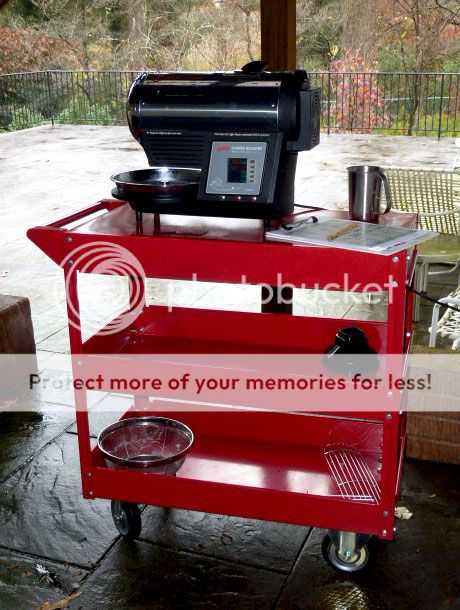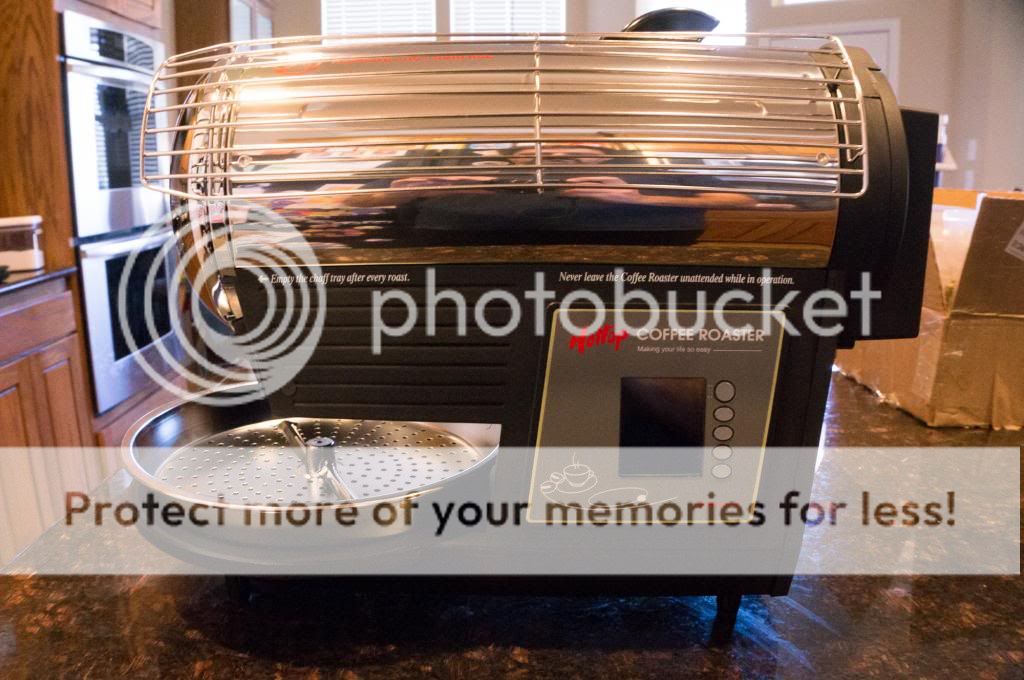I drink a fair amount of coffee and use a number of different brew methods (pour over, french press, Aeropress, and a Bunn Trifecta). I usually buy locally roasted coffee, and also order a fair amount from a few mail order roasters, but for about a year now, I've been thinking about getting into home roasting. I've done my research, and know that I want to get a decent roaster off-the-bat, rather than doing the air popper route.
So here I stand, money in hand for the $800 Hottop, but my little shoulder angle keeps telling me that the Behmor is enough roaster for the likes of me and that I should use the extra money on green beans instead.
What say you Cafe, I'm open to any and all opinions.
So here I stand, money in hand for the $800 Hottop, but my little shoulder angle keeps telling me that the Behmor is enough roaster for the likes of me and that I should use the extra money on green beans instead.
What say you Cafe, I'm open to any and all opinions.
Last edited:







